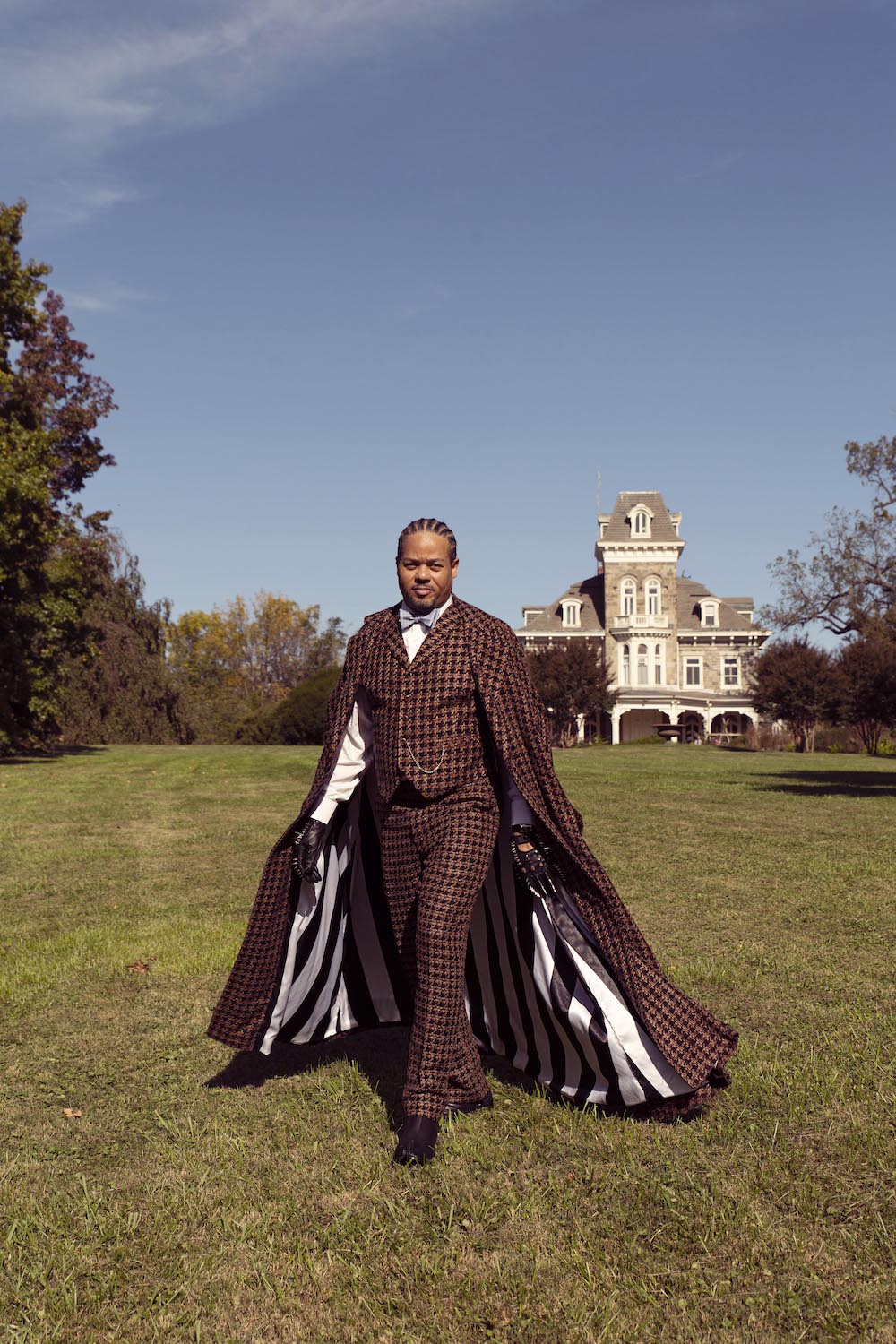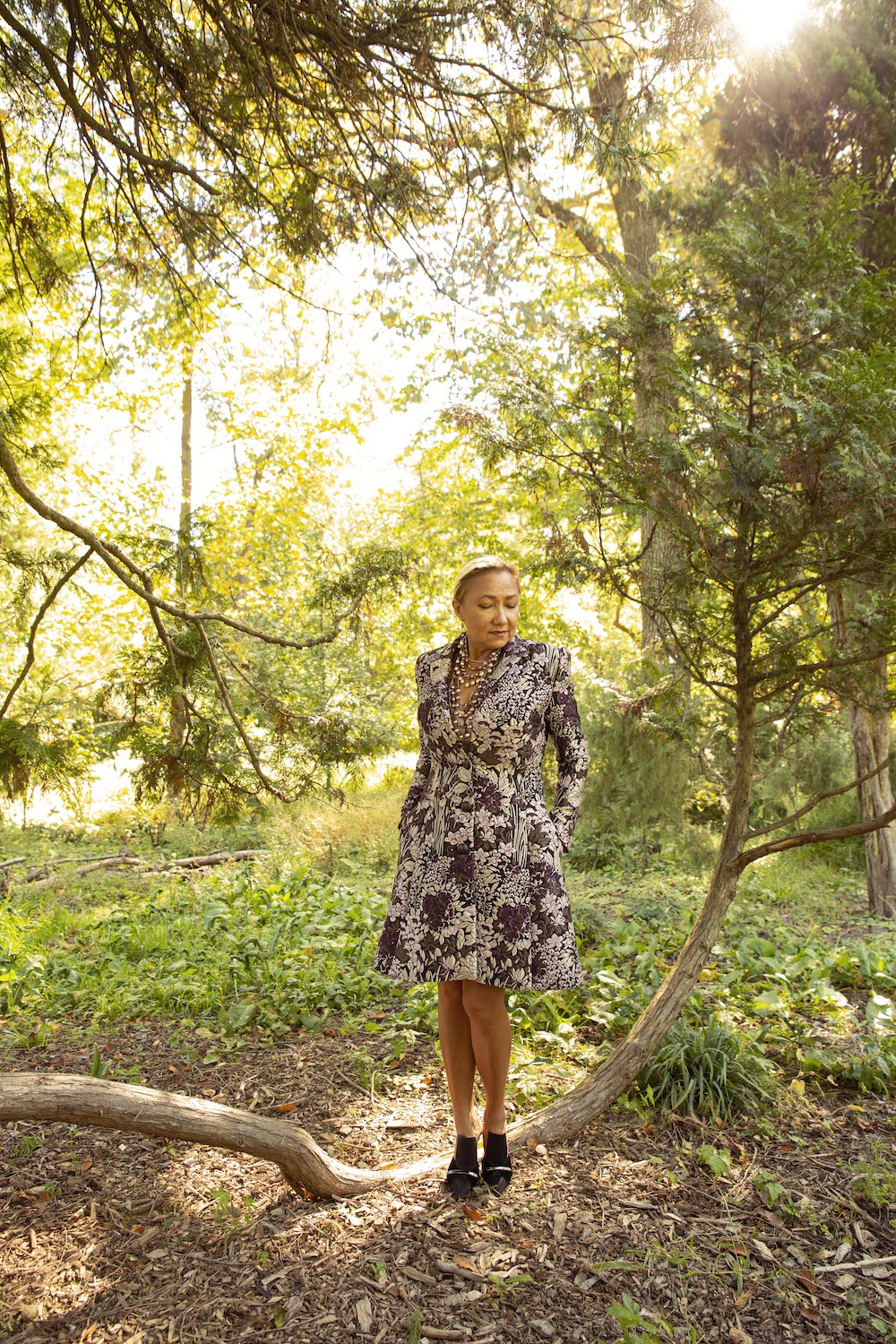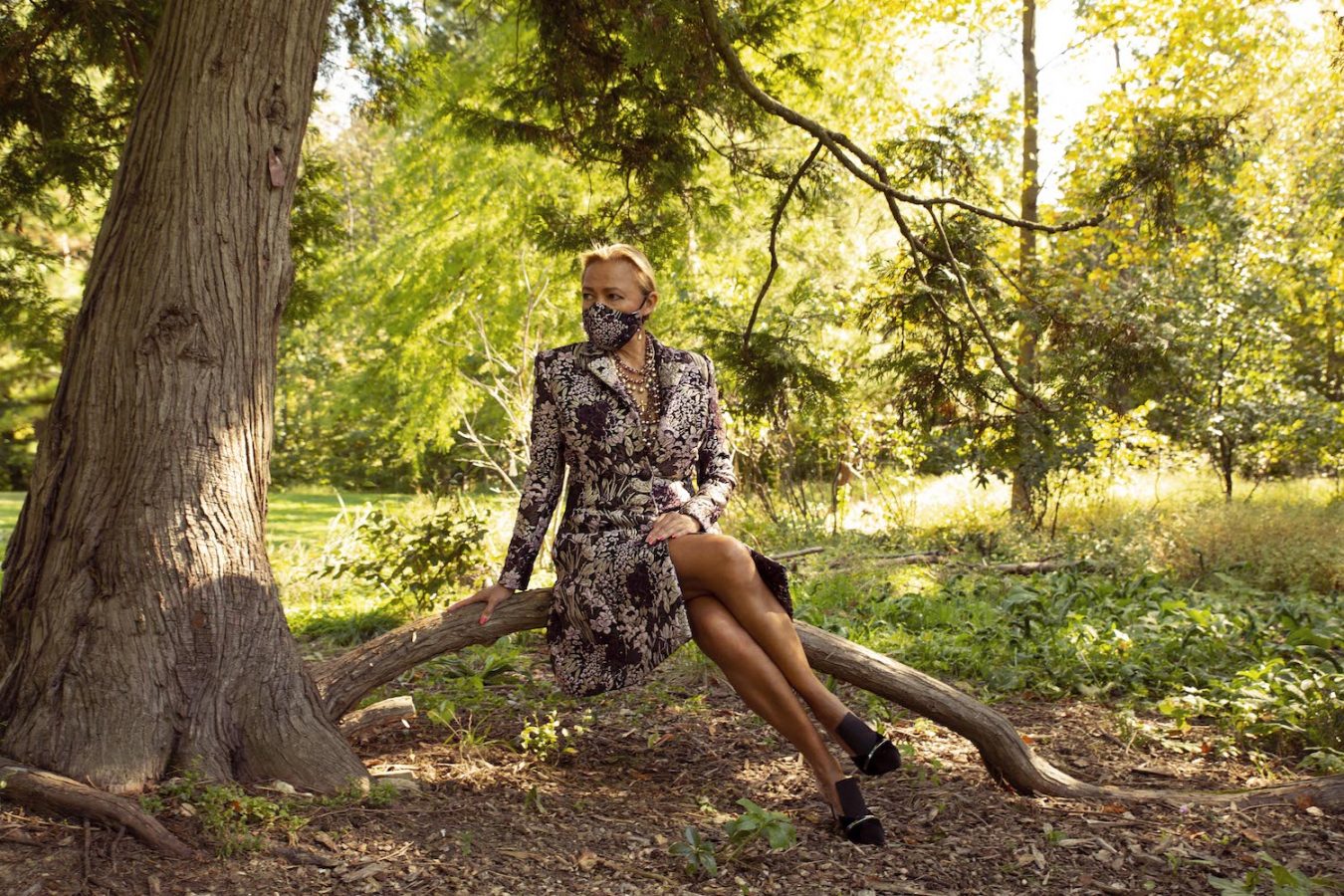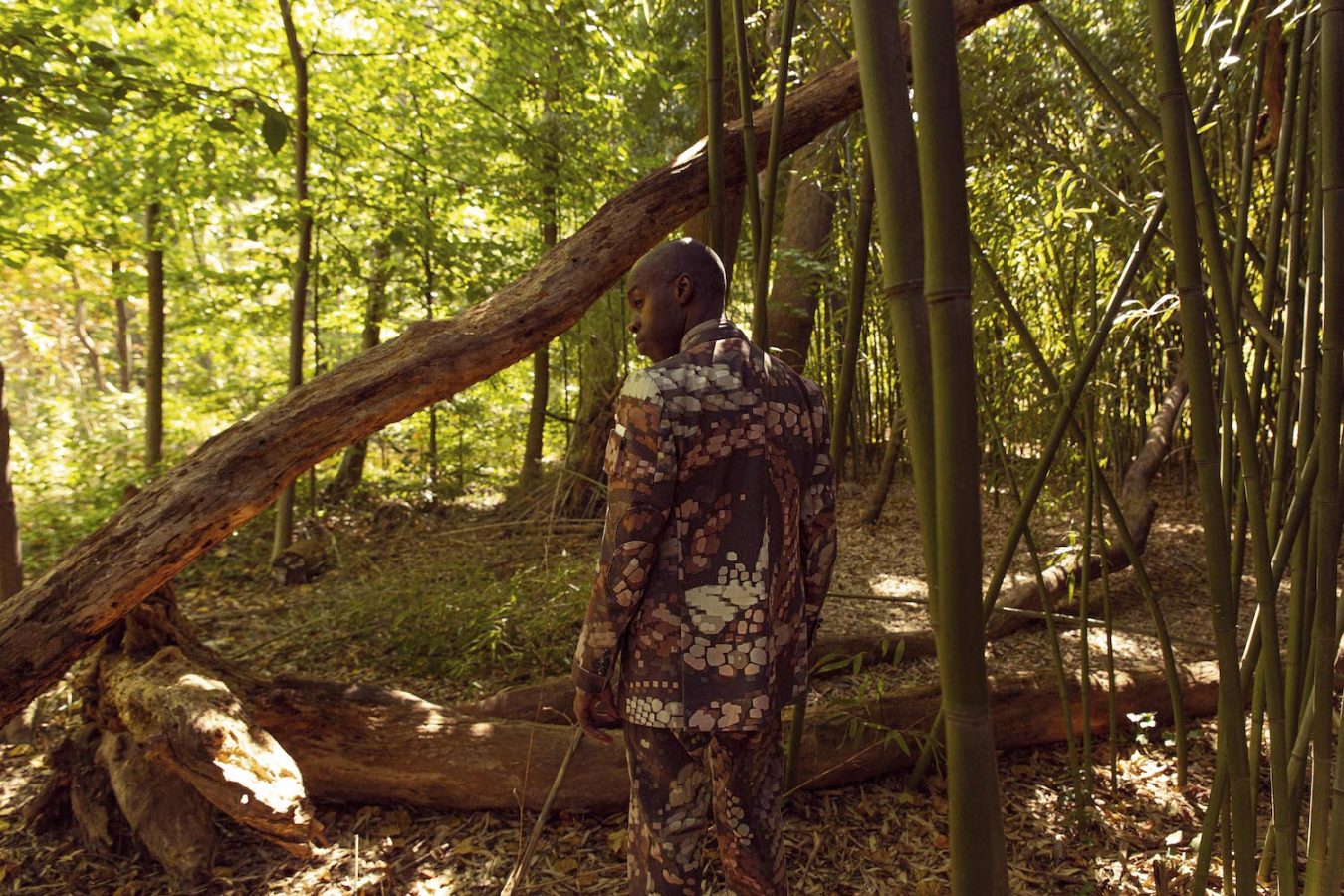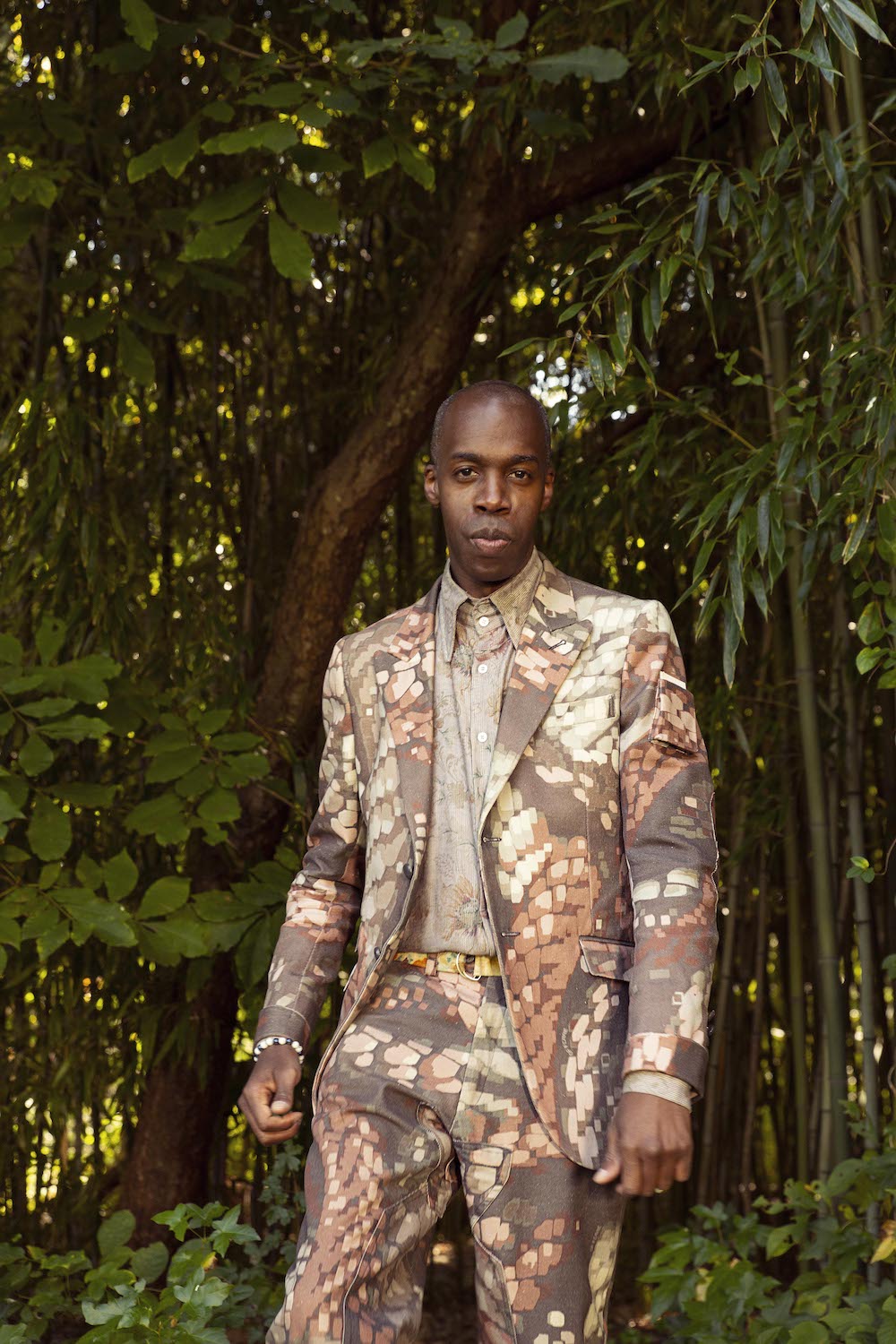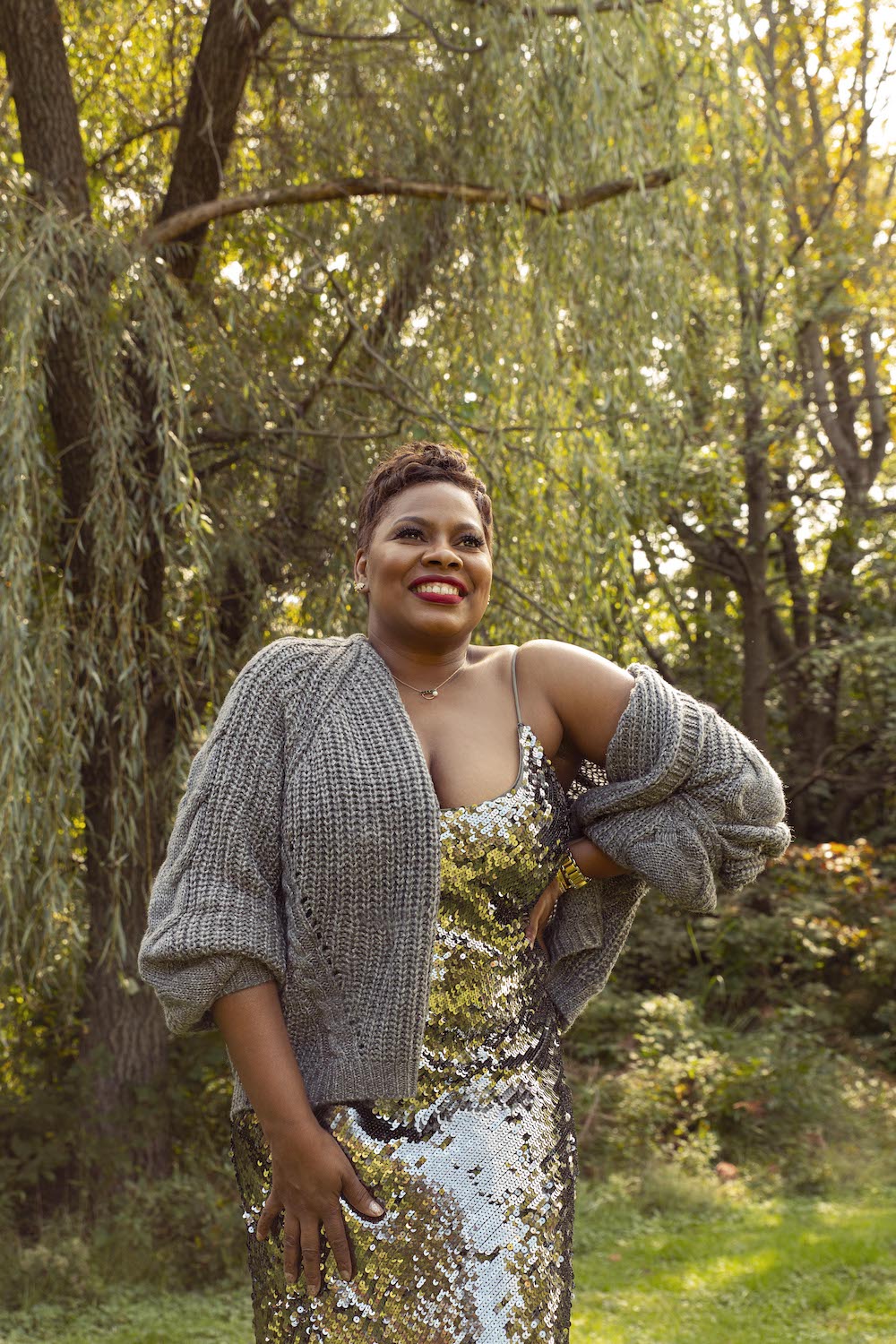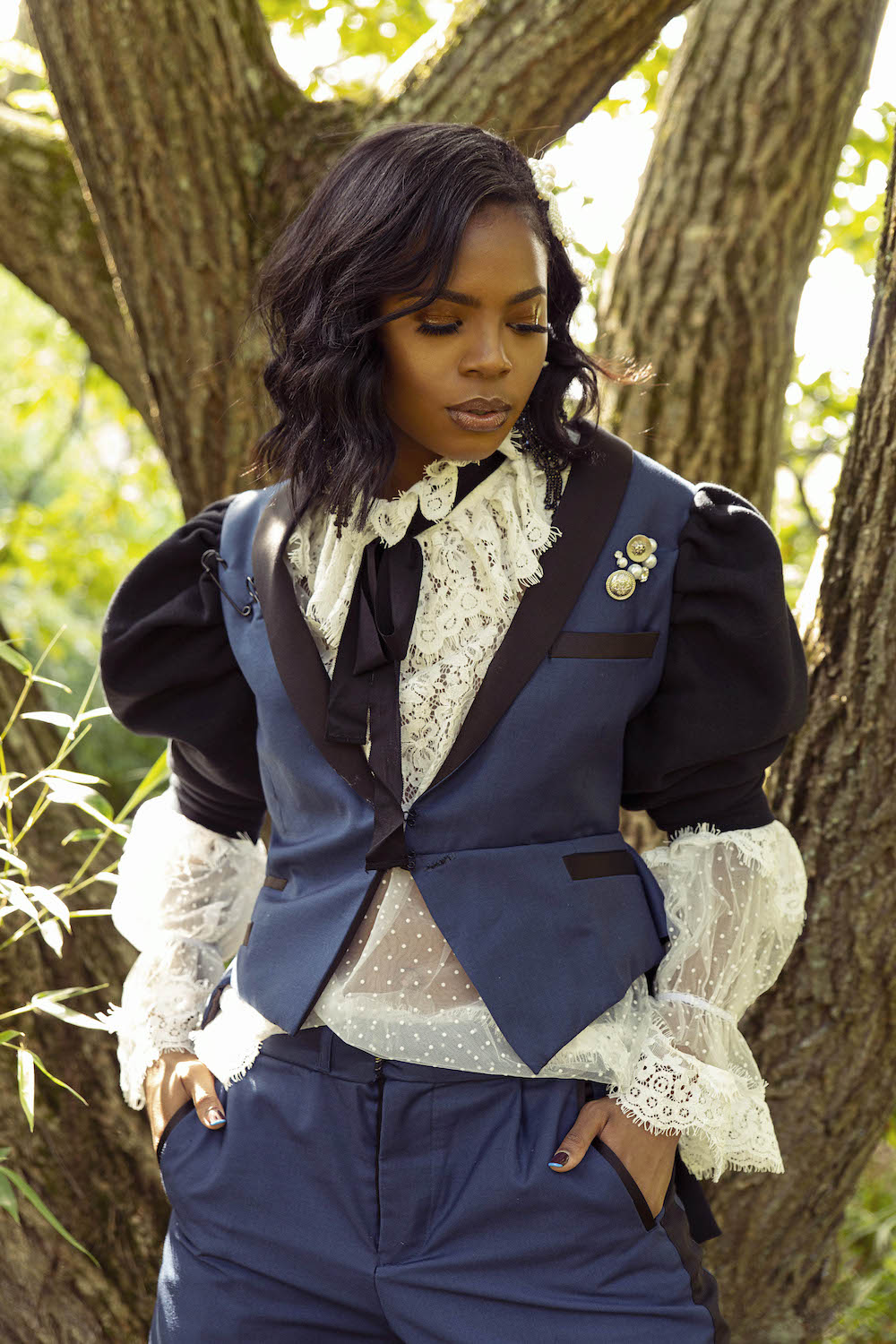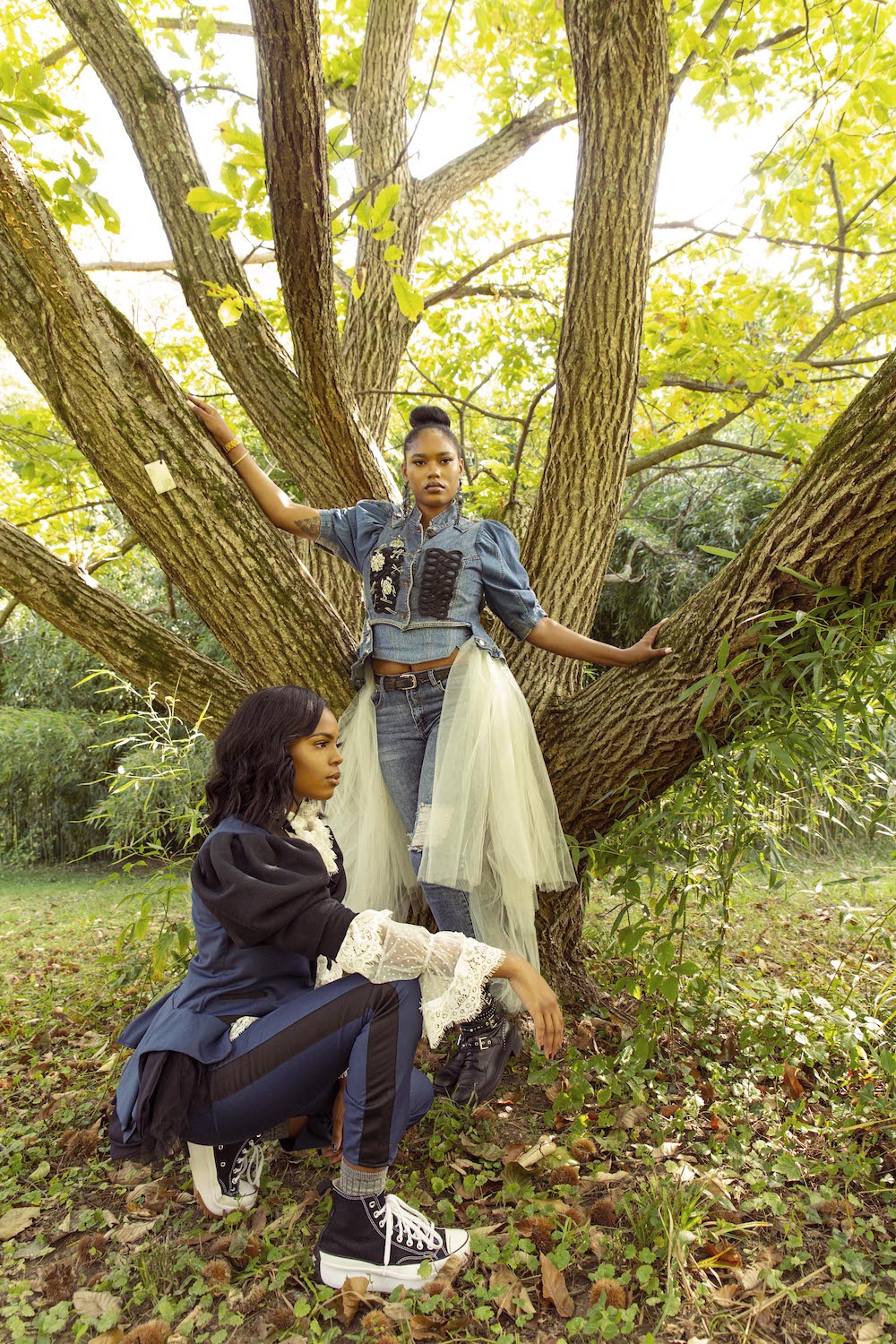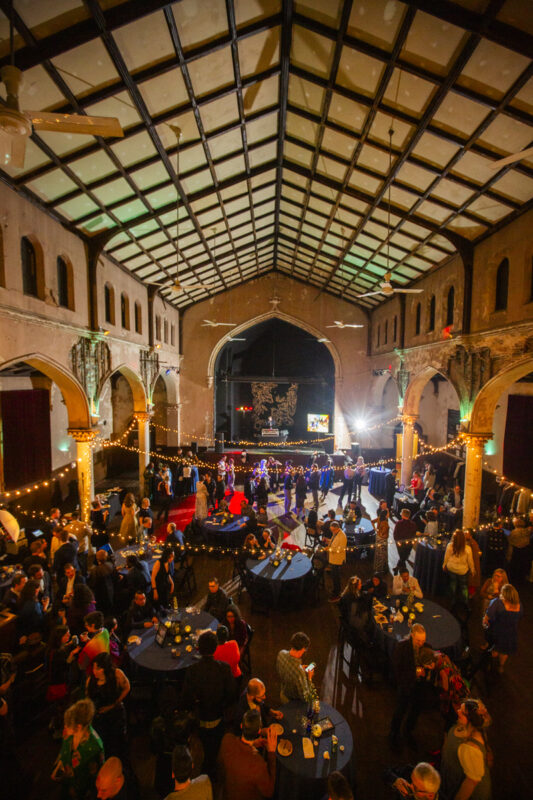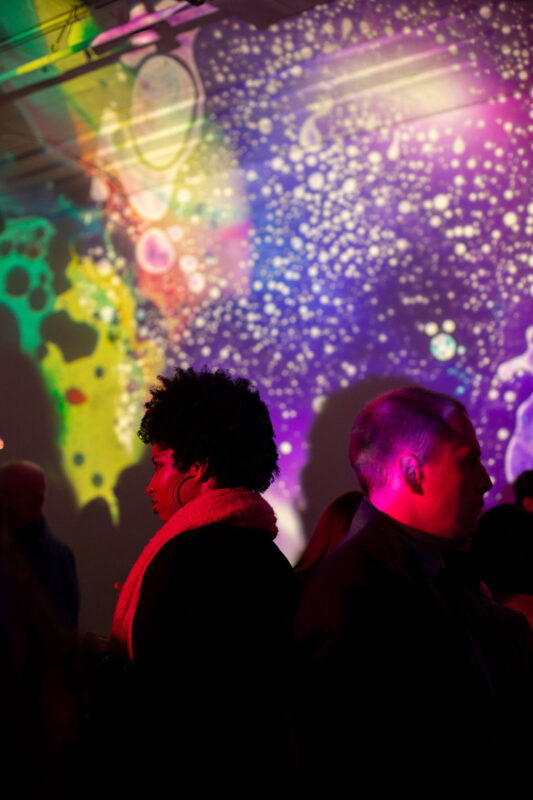Fitting in is often a way of accessing power in the modern world—a uniform, the business suit, or even a hoodie in the tech industry, but not in Baltimore. Veteran fashion designers Earle Bannister, Ella Pritsker, Stephen Wise, and Natalie Karyl favor the one-of-a-kind garment, the bespoke, the eccentric, and the original. The lesson from these designers is that by dressing to please ourselves, we will naturally feel powerful.
Fashion rebel and dandy extraordinaire Beau Brummell knew this, though ironically his taste helped to shape the modern business suit. In the early 19th century, Brummell embraced a shockingly simple wardrobe at a time when most men—including his friend Prince George IV—favored bright colors, luxurious silks, lace, and velvet. Brummel chose a muted palette and impeccable white linen, dark wools, and leather, favoring clothing inspired by contemporary military and riding clothes.
While garments like trousers would usually be far too casual for dress at court, the elegant line created by Brummell’s sharp eye for tailoring and details such as suspenders and stirrups gave his soft leather trousers an elegant line and highlighted his athletic figure. His white linen shirts and Irish muslin ties cost a small fortune to keep laundered and starched, meaning that his style still suggested wealth and leisure but in a quieter way than most of his contemporaries.




